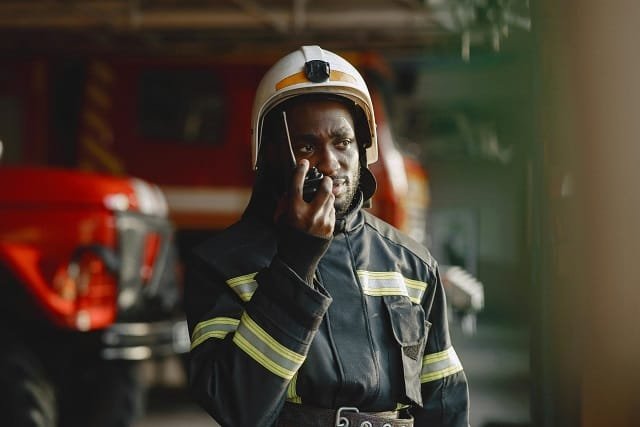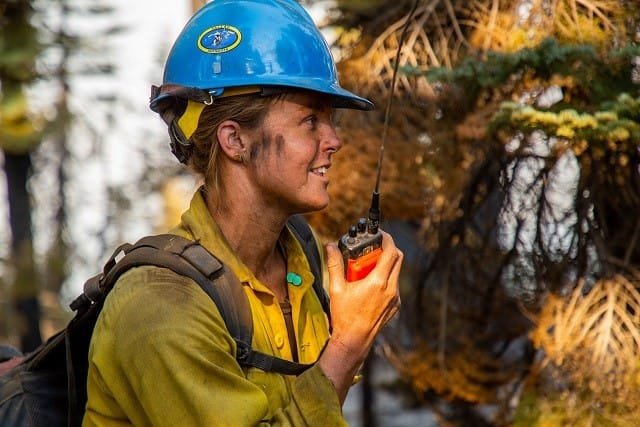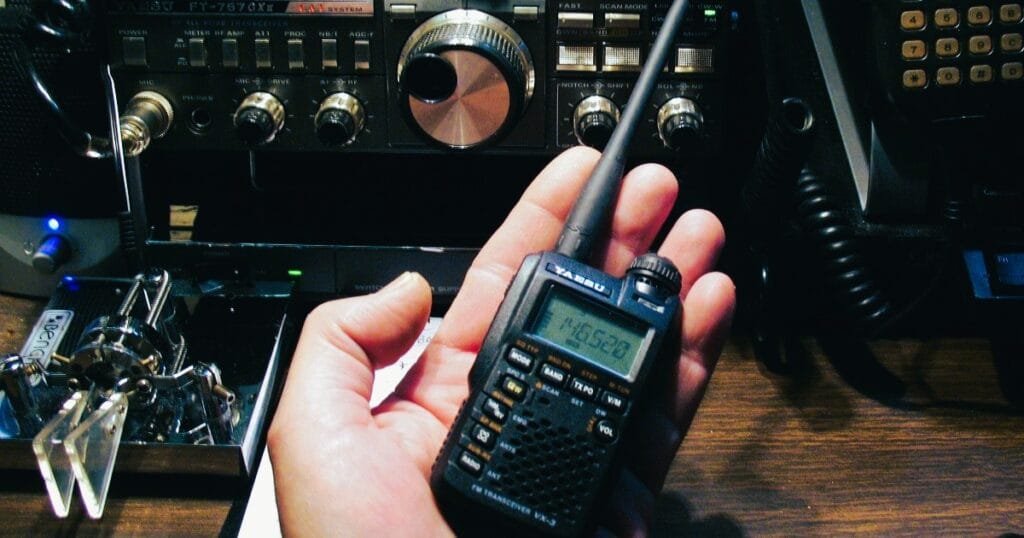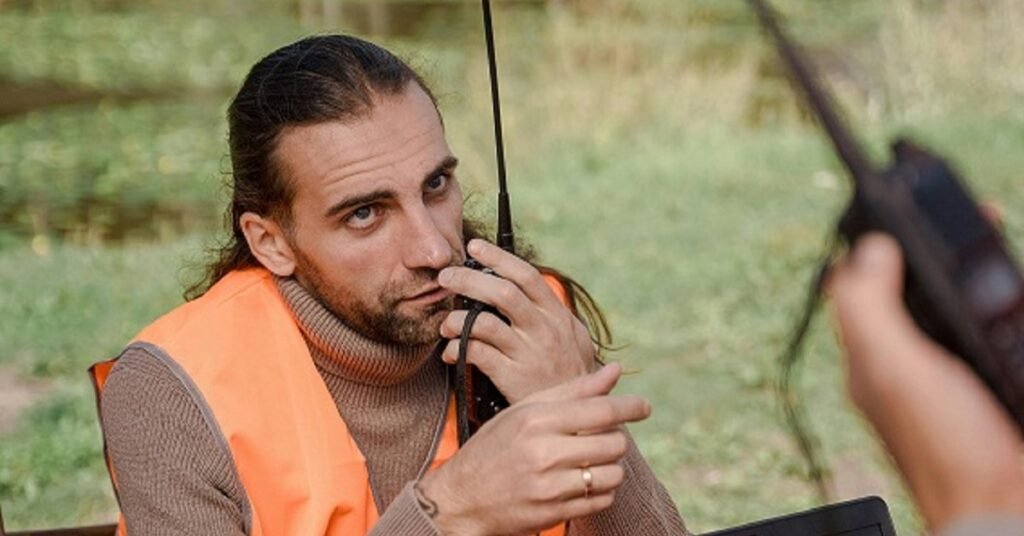Table of Contents
ToggleDo Walkie-Talkies Work Without WiFi? Ham Radio Distance Tips
Hello, TalkieTrail readers! Fast forward to last year — we had a ton of flooding in our neighborhood. At that moment, life was a rarefied view for me. Over two days, the electricity went off, phone towers dropped offline and our normally rock-solid internet failed. We were out helping others, my buddies and I; in the chaos we were able to communicate clearly. How, you ask? What is it you say again — Oh, right: Wi-Fi Calling! You should have seen the look on the faces of folks who were mystified and mumbled to one another, how are they talking when all connections would not work. Certainly, this was a real-world experience that made me appreciate how valuable these pieces of gear and ham radio DX can be.
This is very true, but in a world where basically everyone relies on WiFi and cellular networks to stay connected with others it’s easy to forget there are other solutions that are much more reliable. While walkie-talkies may seem a relic of an age gone by, trust me not all that is old actually grow out-of-date. Ok, walkie talkies work without wifi then. In this ham radio review, let us discuss the details and fantasy going quickly over how important is ham radio distance.
The Background of Radio Communication Mechanism
The main difference between radio communication and mobile phone technology is you don’t need cell towers to talk. Even no satellite or wifi is not required to communicate if you use two way radio communication devices to communicate. Ham radios use traditional radio waves to reach other radio devices with the same frequencies. And one more thing, they can give you lightspeed to reach the message to others. And believe me, when you’re in the thick of a ham radio study session, you’ll quickly understand how important that independence from the internet is.
How Do Walkie-Talkies Communicate? Exploring Ham Radio Distance

So, how do these devices work? Here’s a short and easy breakdown:
Radio Frequencies
Ham radio or walkie-talkie transmits and receives signal with the help of specific radio frequencies. Different walkie-talkies and ham radios use different types of frequencies depending on the model. There are mainly three types of radio communication frequencies. HF, VHF and UHF. This is a classic scenario in which knowing the frequencies may make or break your conversation.
Direct Communication
This is one area where walkie-talkies are unmatched: they connect directly to each other. It’s not a middle-mature, not third party service, simply one walkie talkie chatting with the other. What this means is that every time we press our Push-to-Talk (PTT) button, it talks to the microphone underbelly of where we are speaking into an electromagnetic signal that heads out through the transceiver and goes bang on your ham radio device you have. This is more like speaking into someone’s ear from inside the pack, so it belongs on any ham radio review catalog.
No Internet, No Problem
As you already know, ham radios transmit radio-waves via different types of radio frequencies instead of the internet. That is why they remain attractive for use in rural areas where WiFi and mobile coverage are infrequently seen. No Matter where you are in the woods, or even just recovering from a power outage you can count your walkie talk to keep close by. And this dependability is exactly what you want in a ham radio review, especially when planning about emergency communication options.
New to the world of ham radio? Want to know how a walkie-talkie or ham radio actually works? Click here for detailed information.
Limitations of Ham Radio

While walkie-talkies are great for those times you need to drop the grid, they have some eccentricities:
Range
A walkie-talkies distance works best because its type, material and surrounding condition varies with some limitations of coverage. Where some consumer-grade walkie-talkies may have the ability to reach up to 1 mile, it is common for higher-end models to at least be capable of going from ~5–10 or more. If you need greater distance, then probably it will cost more in external antennas or repeaters. Of course, you may wish to know this so that no when carrying out a ham radio check of your vic in preparation for going hunting.
Check out how far a handheld walkie-talkie can reach and learn what you can do to extend its range. Click here.
Interference
Radio frequencies are like the Wild West—you’ll occasionally encounter interference from other electrical equipment, poor weather, or physical impairments such as buildings or mountains. This might result in distorted communications or a weaker signal, so expect the occasional glitch. To achieve best performance, a ham radio evaluation should always include a check for potential interference in your operational surroundings.
Choose the right band walkie-talkie based on your area and interference. Check here to find out which band is best for you and why.
Battery Life
Your walkie-talkie or any other radio device needs power to operate. Unless you are not using a ham radio station with a direct power supply, you should recharge your radio’s battery completely and in my opinion keep an extra battery for emergency use. Extra batteries give you more benefit if you are going to a remote area. You don’t want your lifeline to be quiet when you need it the most. Another important factor to consider in a ham radio assessment is if your equipment is ready for lengthy use.
Battery draining too fast on your walkie-talkie? It might be time to troubleshoot. Check here to find out what to do if your battery isn’t performing as it should.
But What About Internet-Enabled Walkie-Talkies?
Ah, yes, hybrid vehicles. Some current walkie-talkies can connect to WiFi and behave more like a hybrid of a regular walkie-talkie and smartphone. These devices can connect to other walkie-talkies over the internet, providing a wider choice of communication possibilities, which can impact ham radio distance. There are other smartphone applications that simulate walkie-talkies, such as Zello and HeyTell, but keep in mind that they are not actual walkie-talkies. They’re basically sophisticated applications that still require the internet to function.
While these internet-enabled devices have certain benefits, such as longer range and more functions, they cannot replace the dependability of a typical walkie-talkie in a no-WiFi environment. A comprehensive ham radio review will assess these advantages and disadvantages, particularly how they relate to ham radio distance, ensuring that you get the best equipment for the task depending on your individual requirements.
The Power of Simplicity: When Walkie-Talkies Save the Day

The simplicity of walkie-talkies, which enables quick, direct communication without the need for complicated settings or external networks, is one of its most significant advantages. Because of this, they are excellent in a variety of scenarios, easily adapting to change and satisfying the requirements of diverse settings. In an age when most gadgets are overloaded with features and reliant on internet connections, walkie-talkies remain simple and functional. Because of their simplicity, they are extremely dependable in times of emergency.
Emergency Situations
Consider the flooding situation I discussed before. Communication is critical during such circumstances, and typical methods like as cell phones and the internet are sometimes faulty or unavailable. In contrast, walkie-talkies continue to operate properly. This dependability is a credit to their design and demonstrates why they should be a mainstay in any disaster preparation bag. Walkie-talkies would surely be at the top of any ham radio survey of emergency communication options for this reason.
Outdoor Adventures
Walkie-Talkies must have equipment for every lover of outdoor activities. Being able to communicate with your group even when you’re in nature without cellular signal or a WiFi connection can be priceless for anything from hiking, camping and other outdoor activities. Peace of mind that comes from knowing you are not isolated even in the most godforsaken regions – Priceless. I would think this feature might be a notable compromise in an outdoor gear ham radio review.
Real-World Applications: Where Walkie-Talkies Excel in Ham Radio Distance

Walkie-talkies are not just for emergencies or outdoor use — they serve a range of functions that keep them useful even in modern society.
Event Coordination
It may be a logistical headache to host a big event, particularly when it comes to communication. Walkie-talkies are unquestionably the most effective, rapid, and dependable way to communicate with your team whether running a festival, concert, or other athletic event. Like cell phones which could experience network congestion during massive events, walkie-talkies will be using a direct and reliable channel of communication. A ham radio examination of event management tools would mention the presence of a power-driven communication system, typically featuring walkie-talkies.
Security and Surveillance
Walkie-talkies are commonly used by security personnel to communicate on the fly. Walkie-talkies provide the rapid connection required to assure safety and security in locations requiring quick, unambiguous communication, such as a mall, airport, or private event. They provide quick updates and coordination, which can save lives in critical situations. A ham radio evaluation in the context of security would undoubtedly highlight the usefulness of walkie-talkies in ensuring safe and efficient operations.
Business Operations
Many other businesses, including construction and hospitality, utilize walkie-talkies on a regular basis. They allow teams to maintain continual contact, coordinate work, and respond to situations quickly. Unlike cell phones, which may be distracting and have signal troubles in some situations, walkie-talkies provide a more concentrated and reliable communication route. Businesses wishing to simplify operations should do a ham radio evaluation to identify the finest walkie-talkie choices for their unique requirements.
Final Thoughts: Why Walkie-Talkies Are Still Relevant
So, do walkie talkies operate without WiFi? Absolutely, and in many cases, they exceed more advanced communication technologies, especially when considering ham radio distance. Best of all, their internet independence, utility in a myriad of usage scenarios and ease-of-use makes them an invaluable tool for anyone who values being online – be it for work-related purposes or leisurely activities (and emergencies).
While technology is frequently accused of hyperbole, one thing you don’t hear everyday people say is I wish we still had those walkie talkies. However, as we’ve shown in this ham radio review, their ability to work without WiFi and provide dependable communication in a range of situations, including maintaining ham radio distance, keeps them far from outdated. Whether you’re organizing a major event, planning for an emergency, or simply enjoying the great outdoors, walkie-talkies provide a degree of dependability and independence that contemporary gadgets typically lack.
Thank you for tuning in, and good trails from everyone at TalkieTrail! Have you got any walkie-talkie tips or experiences of your own? Always feel free to comment below; we’d be happy to hear your ideas and opinions. Don’t forget to browse the rest of TalkieTrail.com for more articles, ideas, and insights to help you stay connected no matter where your adventures take you!


